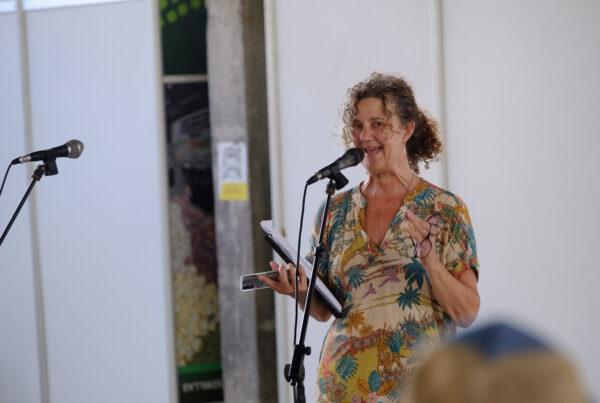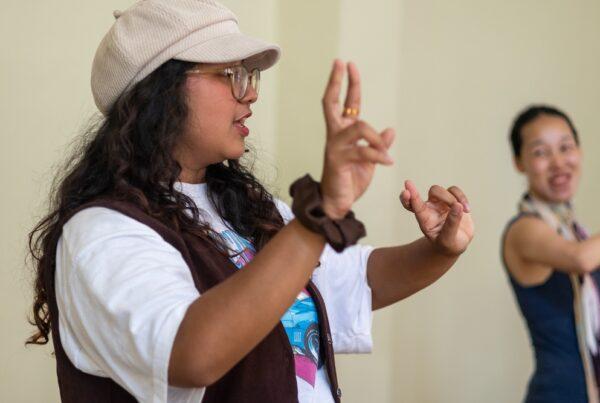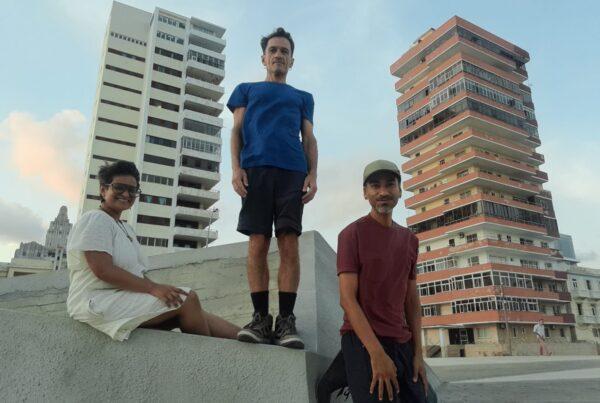Leading the international comparative quantitative study that explores which, and how many, children and young people are currently accessing TYA is Dr. Lanora Callahan.
In a nutshell, she is investigating, collating, and interpreting pre-existing data on the issue and as a second phase, she will be defining, overseeing, and interpreting the new data collected for the study.
“What I’m doing is quantitative access data, and what that basically means is that you can measure things in different ways. You can measure quality and you can measure how many people are accessing TYA, in a numerical way and that’s what I’m doing,” reveals Callahan.
“The idea is that we don’t have a sense of how many young people and which kinds of young people (their demographic or ethnic backgrounds, if they have disabilities, what age groups they are, if they’re part of different religions or other minority groups etc), are actually accessing theatre for young audiences,” she adds.
Describing the two different phases of the study, Callahan explains that “the first phase is all about trying to gather that data, the whole point is that there is no place where all of that data is all together. And so we need to see what is actually available in the ASSITEJ member countries, what data is actually available. For me, that means looking at whether there are any current data sources that has been collected in a systematic way and that has been standardised across countries –meaning it’s easy to compare countries because they’ve measured it in the same way”.

The first step then is to look at what data already exists and what’s comparable. “At the moment there really isn’t anything available alerts Callahan. To this end, she has selected eight countries to begin her research in, notably Belgium, Czech Republic, Denmark, Germany, France, Spain, Netherlands and the UK. “These are the eight countries that I’ve started with,” she reveals.
As it stand, some data is made available from Eurostat Youth Survey and Eurostat culture survey to name a few, but as Callohan explains, these are limited because they’re addressed to young people ages 15 to 29 but not children. Phase one’s next step therefore is to ask individual countries what data they have that exists around access to theatre for young people. “That’s where I am right now,” affirms Callahan. “I’ve done these preliminary steps, now we have to go country by country and see what each individual country has that will help us develop best practices around ways to then go into phase two, which is collecting new data,” she adds.
Phase two of the study will then delve into countries that don’t have any data and come up with guidelines of best practices for developing this data. “Ultimately, what I would like to do is to develop an online platform that’s searchable for people that are members or involved in ASSITEJ and the wider public so that they can go onto the ASSITEJ website and search for information about access to TYA,” aspires Callahan.
As closing remarks, Callahan pinpoints the importance of this numerical data. “The point is that if you’re not tracking and measuring access, you don’t know what’s happening on a higher level. You may know as a practitioner or a theatre what’s going on in your own theatre and in your own practice, but we don’t know this on a larger scale,” says Callahan. “For example, we can’t say on a regional level, or even a national or when comparing countries, we can’t really say how many children and youth are accessing theatres,” she adds.
“(Without that data) we can’t even begin to form questions, we don’t know what questions to ask and we don’t know what’s happening in terms of how many youth are going to theatres and what kinds of youth are going to theatres. We don’t know where the lay of the land is.”
Dr Lanora Callahan is passionate about developing, analysing, and disseminating quantitative research in the arts and has extensive experience designing, developing, implementing, and managing quantitative and mixed-methods research involving young people and socioeconomically vulnerable populations across academic, governmental, and community settings. Dr Callahan is currently a postdoctoral researcher at the University of Roehampton in London, United Kingdom, where she recently completed her PhD examining the impact of community-based dance programmes on the social and emotional learning of underprivileged ethnic minority adolescents using a quasi-experimental, mixed method approach. Prior to this role, Dr Callahan conducted evaluations of dance for health and wellbeing projects for East London Dance and BalletBoyz in London, United Kingdom. Previously, Dr Callahan worked at Bloomberg Associates, where she advised mayor’s offices on data-driven programme development to reduce socioeconomic disparities of ethnic minority boys and men in several cities. She worked with Mexico City, Mexico, to design, pilot, and implement their first-ever city-wide street homeless count to inform multi-agency efforts on how to reduce and support street homeless populations. She also worked as a senior analyst in the New York City Mayor’s Office for the Deputy Mayor for Health and Human Services. She led multi-city, cross-agency research projects on child welfare, juvenile justice, and multi-agency service utilisation.

Melissa Hekkers is a freelance journalist and author.
Her most recent book, Amir’s Blue Elephant, a creative non-fiction based on her experiences working in the Moria refugee camp in Lesvos, Greece and Cyprus. In 2018, she launched the My Cyprus Mandala Series, colouring books inspired by the natural and cultural heritage of Cyprus. In 2007, she published her first children’s book in both English and Greek entitled Crocodile, which won the Cyprus State Illustration Award. In 2012, she launched her second children’s book Flying across Red Skies (in English and Greek), using an experimental approach to literature, for which she was nominated for the Cyprus State Literary award. Her third, similarly well-received children’s book was Pupa (Greek and English), published in 2014 and was adapted as a theatre play in 2019. In between her last two books, she published her first free-verse poetry book entitled Come-forth. In 2019 she was contributing author to the anthology Nicosia Beyond Barriers: Voices from a Divided City, published by Saqi Books, London.





